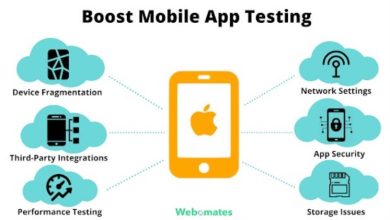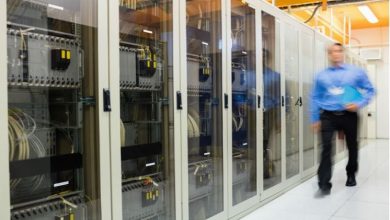An In-depth Liveness Detection Guide in the Age of Technology

As the world is converting from conventional to avant-garde AI-powered systems, the safety of online identities and sensitive data is more essential than before. However, biometric verification uses behavioral and physical characteristics that are crucial in improving safety measures. Hence, liveness detection ensures that the data is authentic, not replicated, forged, or tampered with. Imposters can’t deceive this digital technology and enables users to be on the safe side.
Liveness Detection- Short review
3d liveness detection is a biometric technology used to detect spammers by investigating if the source is fake or a live human being. This advanced technology made businesses confident to do business virtually, and its algorithm is so powerful that it doesn’t even allow imposters to enter restricted areas or documents.
Main Techniques of Liveness Detection
Active and passive liveness are two different methods of liveness detection, as they serve two different purposes. Let’s understand one by one in depth.
Active Liveness feature primarily detects signs of life as it asks users to perform actions that can’t be easily spoofed or replicated. Speaker recognition and keystroke analysis also incorporate different modalities, and then they analyze the movement of the mouth to confirm liveness. The previous version of liveness detect shows some usability issues, needs user interaction and is lower in accuracy. However, the advanced system proved its accuracy and reliability.
AI-powered passive liveness algorithms primarily look for the signs of any forgery or spoofing. They don’t depend upon any active user participation as they deploy different algorithms in hidden ways. This yields highly usable solutions that adapt to the customer environment with time.
Why is Liveness Detection Fundamental?
This AI-powered liveness detection technology is essential for many reasons, such as:
-
Prevent Fraud
Hackers can easily access and exploit user-sensitive information without detection. This secures high-quality videos or images of genuine user biometric traits. Liveness detection ensures that no hacker can enter the restricted area or any sensitive document.
-
Improved Safety
Liveness detection provides an additional safety layer that strengthens the overall security of users and firms. This makes it more accurate for applicants, including access control, secure authentication, and mobile banking.
-
Privacy Protection
Liveness detection makes sure that only authentic data is captured and stored, which reduces the chances of spoofing. Imposters will stay away and don’t try to enter the system through any means.
A Glimpse of How Liveness Detection Works
Liveness ensures that their technology and algorithms are enough to restrict scammers and secure users from being scammed. Whether the user is alive or any fake person by assigning fraudulent scores against their IDs. Following are a few methods that are used in liveness detection:
-
3D Depth Sensing
Many 3d depth-sensing smartphones are available in the market that have low resolution and can’t restrict scammers. However, advanced models have the potential to stay away from scammers through different means of biometric verification. Advancements in 3D hardware enable more features in liveness and match applications accordingly.
-
Motion Analysis
Liveness detection tracks and analyzes the subject movement. Authentic users give responses naturally, as the system automatically detects involuntary movements. For instance, in facial recognition, the software asks the user to smile, nod their head, and blink their eyes. However, static videos or images can’t replicate these movements.
-
Challenge-Response Test
Liveness detection involves a challenge-response test as the system asks the user to do certain things. These tasks ensure that the user is genuine and not a scammer. Gives scores to users according to their task results and allows them to enter specific tasks or premises.
-
Machine Learning AI
Robust machine-learning techniques and modern AI methods provide algorithms that can easily detect subtle picture transformations, resulting in presentation attacks. This involves detecting textural differences and 3D shapes in spoofs that the human eye can’t detect.
-
Texture Analysis
This involves investigating the minute texture and details of the user’s skin and fingerprints. However, authentic skin provides distinctive perspiration and features patterns that are complex to fabricate with synthetic material and photos.
Conclusion
Liveness detection technology is so powerful and accurate that it’s an exceptional technology in restricting imposters. Users can have a secure onboarding process, firms can enjoy successful results and they both improve overall efficiency. That’s how liveness improves the workplace system.



